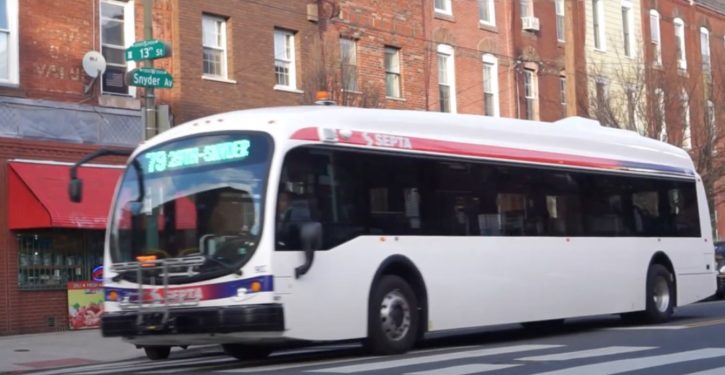
By David Blackmon
No aspect of the vaunted “energy transition” screams out the word “fantasy” quite so starkly as projections that the U.S. will have to install 47,000 miles of new high-capacity transmission lines by 2035.
That’s the assessment not by renewable energy skeptics, but by the enthusiastic promoters of renewables at the U.S. Department of Energy (DOE). (RELATED: DAVID BLACKMON: Another Silly Outburst From The ‘Green’ Globalists)
As part of an assessment published in early March, the DOE stated that much new transmission will be required, assuming moderate load and massive expansion of “green” energy “in line with the future power sector enabled by all currently enacted laws.”
In other words, this is the new capacity that will be required to account for demand growth caused by plans by the Biden administration and liberal state governments to electrify all new buildings, eliminate gas stoves and furnaces, convert coal and natural gas plants to wind and solar, and put millions of new electric vehicles on the road which must be charged regularly.
The challenges faced by developers of a single new transmission line designed to move electricity generated by Wyoming wind projects 732 miles west to demand markets in California help illustrate just how ridiculous this 47,000-mile ambition really is.
The TransWest Transmission Project, made a major priority by the Biden administration, finally kicked off construction this past week, but only after a struggle to obtain rights-of-way, funding and the necessary local, state and federal permits consumed 18 long years.
That number is not a typo. And get this: It is going to take an additional 4 years — until 2027, to build just the first phase of the multi-phase system and place it into service.
According to Deb Haaland, Biden’s very green secretary of the Interior, the kickoff of construction of the TransWest project represents a “momentous milestone” in the administration’s plans to redo the nation’s entire energy sector.
Left unsaid by Ms. Haaland was exactly how she and her fellow Biden officials plan to get the remaining 46,268 new miles of high-capacity transmission permitted over the next few years after the time needed to get this 732-mile project ready to go into its construction phase spanned across four different presidential administrations.
In a report this week, E&E Daily notes that the TransWest developers began the process of obtaining the federal permits for the project no less than 16 years ago, early in the second term of the George W. Bush presidency.
As reported by E&E, “The project faced pushback from some environmental groups over potential impacts on natural resources and from communities and private landowners who did not want power lines crossing their property or impacting their views.”
Well, of course it did, and every other project designed to fill in the rest of the 47,000-mile goal will face the same pressures from the same stakeholders, all of whom have the right to object to power lines atop massive, 100-foot-tall towers that will condemn millions of acres of land and become a permanent blot on viewsheds all over the nation.
This is how the American system, and its bill of rights works.
Sen. Joe Manchin and others in congress — mostly Republicans — have stressed the need to reform the federal permitting process, and they are right. But here’s the inconvenient truth about that: Almost all delays that arise for energy-related projects at the federal level derive from major laws that are part of our system’s efforts to protect the environment.
The recent compromise on the debt ceiling contained language that should streamline permitting under the National Environmental Policy Act, but does nothing to reform concerns arising from the Clean Air Act, the Clean Water Act, the Safe Drinking Water Act, the Endangered Species Act and other major environmental laws.
Nor did that language do anything to streamline literally thousands of separate permitting requirements that exist at the state and local levels, all of which will impact each and every transmission project that is proposed.
Anyone who thinks the long timeline and complexities that impacted the TransWest project is somehow an aberration or one-off is almost certainly a person who has no experience in dealing with these Byzantine permitting processes.
Moreover, anyone who thinks the U.S. is going to build out 47,000 miles of new high-capacity transmission lines in 12 years is a person who lives in a fantasy world.
David Blackmon is an energy writer and consultant based in Texas. He spent 40 years in the oil and gas business, where he specialized in public policy and communications.


